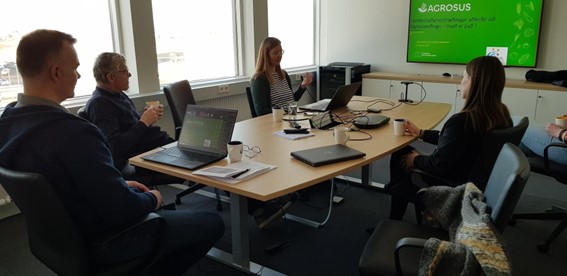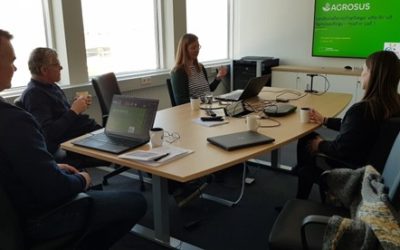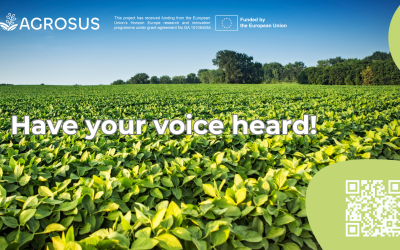Arctic region
The European Arctic Biogeographic Region is the biogeographic region of Europe around and in the Arctic Ocean.
The European Commission and the Council of Europe have defined the European Arctic biogeographical region for the purpose of reporting on conservation efforts and results. The region includes Iceland and parts of Norway and Russia, including Svalbard (Spitsbergen), Franz Josef Land and Novaya Zemlya. It has a land area of 670,000 square kilometres (260,000 sq mi), of which 63% is in Russia, 22% in Norway and 15% in Iceland. About 60% of the land is covered by grassland and tundra.
The region has a wide variety of landscapes, and includes some of the last remaining large wilderness areas in Europe. Many of the land areas are coastal, strongly affected by exchange with the sea. Large areas are ice-covered, and many areas have permafrost, creating demanding conditions for plants and animals. Most species are dormant in winter, but a large number of plants and animals are active in the warmer months. There are many species of migrating birds and fish, common to all the polar regions.
The environment is affected by air pollution from distant sources. Some areas have been affected by overgrazing, and are now being affected by tourism. Global warming will force species to move northward or to higher elevations, and may cause extinction of some species.

ICELAND
Partner responsible: Icelandic Agricultural Advisory Centre (RML)
Country Leader: Karvel L. Karvelsson
Contact: klk@rml.is
Experimental unit
The experimental units are located in South Iceland on volcanic soils, mainly Brown and Gleyic Andosols. Experiments with barley will be conducted in experimental fields in Gunnarsholt (N 63° 52′, W 20° 12′), experiments with potatoes will be carried out in Þykkvibær (N 63° 45′, W 20° 37′), and with carrots and cabbage in Flúðir (N 64° 8′, W 20° 19′).
Pedoclimatic conditions
Type of soil: Mainly Andosols
Mean annual T: 4 °C
Mean annual P: 1500 mm
Key figures
Farming Systems: 4 Conventional
Crops: Spring barley, potatoes, carrots, cabbages
Crop-linked Groups: 2
Co-creation workshops: 1 (with one round table per GLG)
Co-validation workshops: 2
Experimental units: 4
News related
Productive co-creation workshop in Iceland
AGROSUS partner RML (The Icelandic Agricultural Advisory Center) held a co-creation workshop for the Arctic biogeographical region in Reykjavík on February 8th. Seventeen stakeholders participated in the workshop, including farmers, advisors, scientists, and...
AGROSUS launch a survey for farmers across the 11 biogeographical regions to select the best agroecological strategies
AGROSUS (AGRoecological strategies for SUStainable weed management in key European crops) is a four-year transdisciplinary research project. The project aims to identify appropriate tools and agroecological strategies to prevent and manage weeds in relevant crops, in...




